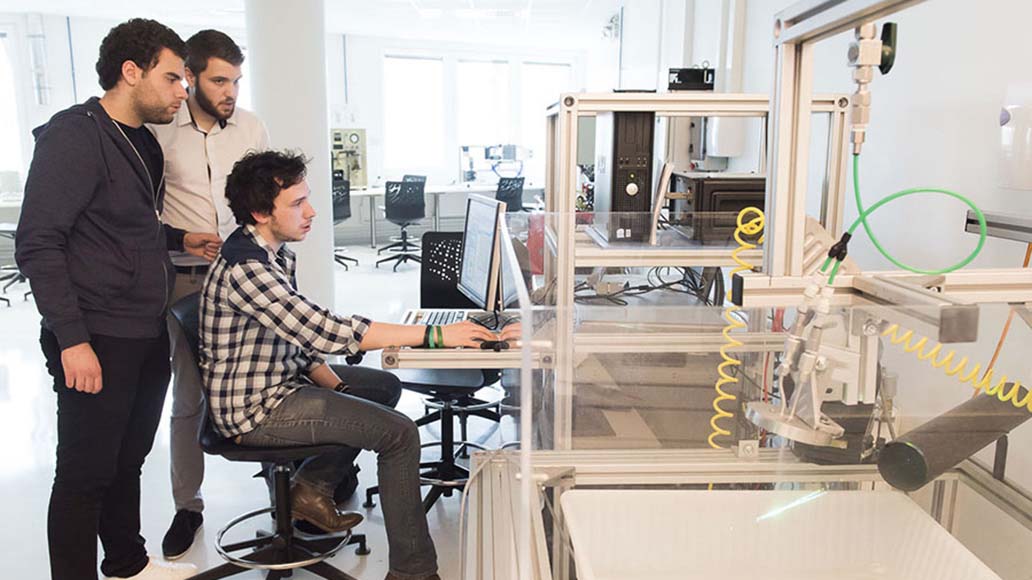Better understanding and improving air quality in vehicles

According to the WHO, air pollution is the primary environmental health risk in the world. Transport is a major cause of pollution as it emits gaseous pollutants and harmful fine or ultrafine particles.
Various pollutants are found in the atmosphere but also and less thought of, inside vehicles where drivers and passengers are exposed. ESTACA’s teacher-researchers are working in collaboration with other laboratories and industrialists to contribute to a better understanding of these pollutants and find solutions for improving air quality in passenger compartments.
Pollution levels even higher inside than outside the vehicle
Researchers from King’s College in London have shown that the air inside a car can be up to 15 times more polluted than the air outside. There are two main sources of pollutants in a vehicle:
- Gaseous pollutants: nitrogen oxides, sulphur oxides, carbon monoxide and ground-level ozone, a gaseous pollutant caused by chemical reactions between nitrogen oxides and VOCs in the presence of sunlight. Another harmful pollutant is airborne micro-plastics, such as particles from tyre wear.
- Materials used inside vehicles: plastics, fabrics, carpets, foams, glues and such release very high levels of pollutants into the air. These materials emit chemicals such as benzene, toluene, xylene and formaldehyde into the air inside the vehicle. The famous “new” smell that is particularly noticeable in new vehicles is a sign of these pollutants, known as Volatile Organic Compounds (VOCs), whose level is even higher during hot weather.
New project led by ESTACA researchers to improve air quality inside the passenger compartment
The AmCoAIR project (Improving Knowledge of Air Quality in Car Interiors), supported by the French Environment and Energy Management Agency (ADEME), aims to improve knowledge of everything that pollutes the interior of vehicles and to test intelligent air quality management systems inside the car. It is conducted by two ESTACA research teams in collaboration with the companies PSA and ARIAMIS as well as with the UTAC-CERAM. The objective is threefold:
- To complete knowledge about infiltration and emissions of certain gases in the passenger compartment : VOC (Volatile Organic Compounds) and Ozone
- Propose measurement protocols for these gaseous pollutants
- Consolidate the strategy for intelligent ventilation control
Pollutant concentrations inside and outside the passenger compartments will be measured using experimental studies in wind tunnels. On-board measurements are also planned inside a new “air quality bubble” installed on School’s premises in the coming months to house a vehicle supplied by PSA.
Associated student projects
The training/research link is important at ESTACA and aims to develop students’ rational approaches with a methodological and critical mindset while discovering research professions. As part of the AmCoAIR study, PIRATE projects (Projets d’Initiation à la Recherche Appliquée en Travail Encadré – initiation to supervised, applied research projects) began in 3rd year to conduct characterization tests using micro-sensors. A thesis on “the definition of a protocol for on-board measurements of vehicle interior air quality” is also in progress. Finally, some internship opportunities with an industrial partner should also be available.













